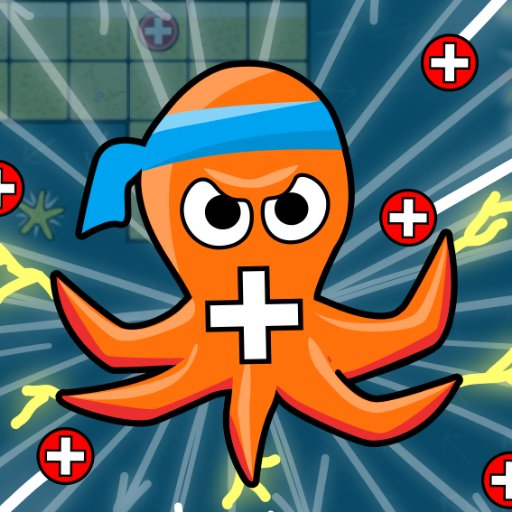
- Car Stopping Distance
- Time to Cross a Table With Friction – Pay attention to UNITS!
- Balanced vs. Unbalanced Forces Concept Builder

We’re going to use python today to analyze some projectile motion.

Happy Thursday!!
Try these three delicious PhysicsAviary problems with your partner.

Could these be the last PhysicsAviaries for this class?
“I’m not crying, you’re crying...”
 Happy Holidays!!
Happy Holidays!!Complete three levels of Electric Field Hockey You will have to download this and then click on “Keep” and then click it once and then waaaiiiitttttt a good long time for it to load.

When you finish that, play Electric Shocktopus! Use the power of electrostatic forces to help our hero, the titular Shocktopus, take revenge against the Magnetic Yeti. It’s a dangerous world, but our little Cephalopod has a trick up one of his eight sleeves: he can change his electric charge at will. Zoom across electric fields, twist through magnets, and use conductors to bend the world to your will.
You can try the version here.
Try these wave questions with your partner.


Did you even notice it said harmonica? Try these tasty questions:
Then, using the Phet simulation (Springs and Masses) determine the mass of the three unknowns (pink, blue, and orange) as well as the acceleration due to gravity on Planet X.
Then try these waavvy questions.

On this day, 130 years ago, Edwin Hubble was born in Marshfield, Missouri. Hubble is thought to be one of the greatest astronomers of all time. From NASA.gov:
Most astronomers of Hubble’s day thought that all of the universe — the planets, the stars seen with the naked eye and with powerful telescopes, and fuzzy objects called nebulae — was contained within the Milky Way galaxy. Our galaxy, it was thought, was synonymous with the universe.
In 1923 Hubble trained the Hooker telescope on a hazy patch of sky called the Andromeda Nebula. He found that it contained stars just like the ones in our galaxy, only dimmer. One star he saw was a Cepheid variable, a type  of star with a known, varying brightness that can be used to measure distances. From this Hubble deduced that the Andromeda Nebula was not a nearby star cluster but rather an entire other galaxy, now called the Andromeda galaxy.
of star with a known, varying brightness that can be used to measure distances. From this Hubble deduced that the Andromeda Nebula was not a nearby star cluster but rather an entire other galaxy, now called the Andromeda galaxy.
In the following years, he made similar discoveries with other nebulae. By the end of the 1920s, most astronomers were convinced that our Milky Way galaxy was but one of millions in the universe. This was a shift in thought as profound as understanding the world was round and that it revolved around the sun.
Hubble then went one step further. By the end of that decade, he had discovered enough galaxies to compare to each other. He created a system for classifying galaxies into ellipticals, spirals and barred spirals — a system called the Hubble tuning fork diagram, used today in an evolved form.
But the most astonishing discovery Hubble made resulted from his study of the spectra of 46 galaxies, and in particular of the Doppler velocities of those galaxies relative to our own Milky Way galaxy. What Hubble found was that the farther apart galaxies are from each other, the faster they move away from each other. Based on this observation, Hubble concluded that the universe expands uniformly. Several scientists had also posed this theory based on Einstein’s General Relativity, but Hubble’s data, published in 1929, helped convince the scientific community.

In honor of this great physicist, you are going to do some physics! YAAYY!!! Try these

Happy Monday!!
As we are getting ready to wrap up this energy unit, try these delicious PhyiscsAviaries related to energy, work, and power. You don’t need to take screenshots, just call me over when you’re done.
Remember our equations for this unit:
Eg = mgh
Ek = 1/2 mv2
Ee = 1/2 k x2
W = ΔE = Force x Distance
Power = work / time = ΔE / time

Happy Friday!!! Try these two delicious PhysicsAviary Problems.